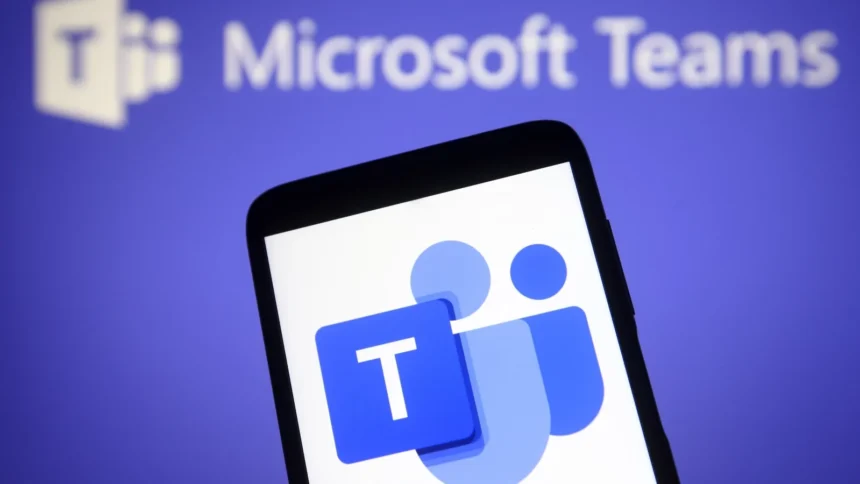Microsoft has unveiled an exciting AI-powered feature for Teams called the “Interpreter” agent, which enables users to clone their voice and provides real-time speech translation. This innovation, designed to enhance multilingual communication, was announced at the Microsoft Ignite event and is set to launch in early 2025 for Microsoft 365 subscribers.
Key Features– Microsoft Teams
- Voice Cloning Across Languages
- The AI agent can simulate a user’s voice to translate speech in nine languages:
- English, French, German, Italian, Japanese, Korean, Portuguese, Mandarin Chinese, and Spanish.
- Users can sound like themselves in another language, maintaining personal engagement and authenticity in conversations.
- The AI agent can simulate a user’s voice to translate speech in nine languages:
- Real-Time Interpretation
- The Interpreter provides speech-to-speech translations during meetings, making cross-lingual collaboration seamless.
- Voice simulation is optional and requires user consent either during the meeting or via pre-enabled settings.
- Privacy and Security
- Microsoft emphasizes privacy by ensuring no biometric data is stored.
- The feature preserves the tone and intent of the speaker without altering the meaning.
Comparative Context
Real-time translation isn’t new in the tech space. Services like Skype, Zoom, and Google Meet have explored similar capabilities. However, Microsoft’s AI advancements may set a new standard:
- Google: Recently integrated AI-powered translations into Chromebooks.
- Samsung: Rolled out live-translate features for its devices.
- Challenges: Tools like OpenAI’s Whisper have struggled with accuracy, indicating the need for further refinement in AI translation systems.
Potential Applications
- Global Collaboration: Facilitates seamless communication for international teams.
- Education: Helps students and educators overcome language barriers.
- Customer Support: Enhances service delivery across diverse language groups.
Looking Ahead
Microsoft’s AI-driven Interpreter agent is a significant step toward making global communication more natural and inclusive. While real-time translation technology is still evolving, this feature could redefine multilingual interactions in virtual environments, setting a new benchmark for innovation in video conferencing tools.
With the rollout scheduled for 2025, this development is poised to further solidify Microsoft Teams’ position in the competitive remote collaboration market.








